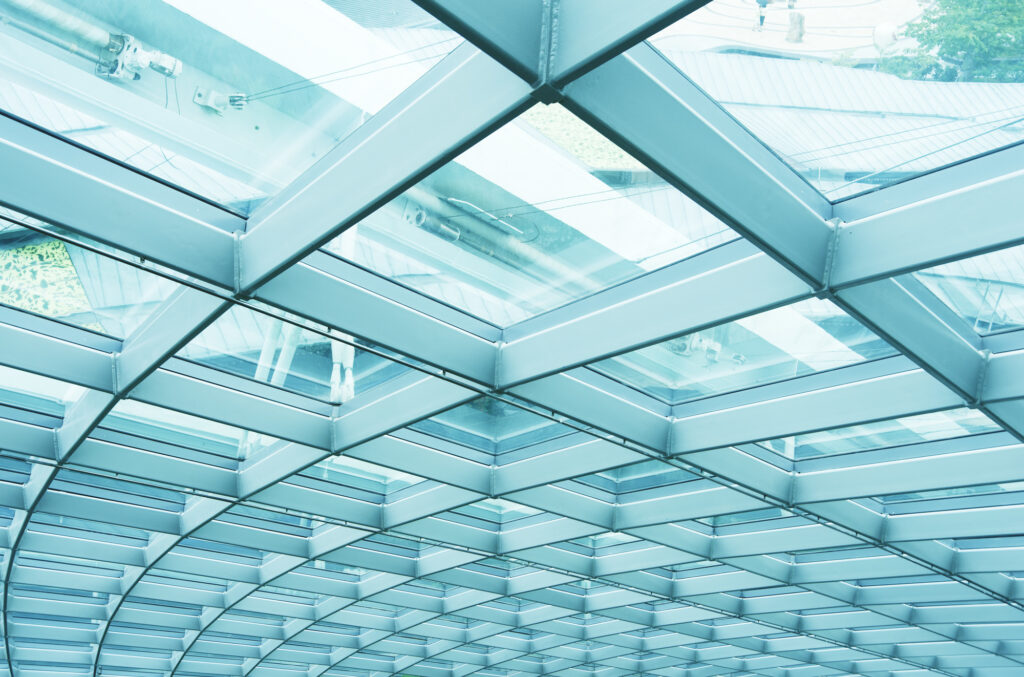Architectural glass products have been a staple in the construction industry for many years, providing a beautiful and functional addition to buildings of all shapes and sizes. From windows and doors to decorative glass panels, these products serve both aesthetic and practical purposes, making them a popular choice for architects and designers alike.
The Beauty of Architectural Glass Products
One of the main reasons why architectural glass products are so popular is their ability to enhance the beauty of a building. Glass is a versatile material that can be used in a variety of ways to create stunning visual effects. For example, large windows can be used to flood a space with natural light, while decorative glass panels can be used to add texture and interest to a building’s facade.
The use of glass in modern building design has become increasingly popular in recent years, with architects and designers using it to create striking and unique structures. For example, the iconic glass pyramid at the Louvre Museum in Paris has become an architectural landmark, while the transparent walls of the Apple Store in New York City create a sense of transparency and openness.
Functionality of Architectural Glass Products
In addition to their aesthetic benefits, architectural glass products also offer a range of functional benefits. For example, glass windows and doors can help to improve energy efficiency by reducing heat loss and minimizing the need for artificial lighting. This can result in lower energy costs for building owners and a reduced carbon footprint for the environment.
Glass products can also improve the health and well-being of building occupants. Studies have shown that exposure to natural light can have a positive impact on mood, productivity, and overall health. By using architectural glass products to maximize natural light, designers can create spaces that are both beautiful and beneficial to the people who use them.
Types of Architectural Glass Products
There are a wide range of architectural glass products available to architects and designers, each with its own unique set of benefits. Some of the most popular types of glass products include:
- Insulated glass: This type of glass is made up of two or more glass panes separated by a spacer, which is filled with a gas such as argon. The result is a highly energy-efficient product that can help to reduce heating and cooling costs.
- Decorative glass: Decorative glass products are designed to add visual interest to a building’s facade or interior. They come in a variety of styles, including etched, frosted, and textured glass.
- Laminated glass: Laminated glass is made up of two or more glass panes that are held together by a layer of polyvinyl butyral (PVB) or ethylene-vinyl acetate (EVA) interlayer. The result is a product that is extremely strong and shatter-resistant, making it a popular choice for safety and security applications.
- Low-E glass: Low-emissivity (Low-E) glass is coated with a thin layer of metal oxide that helps to reflect heat back into a building in the winter and keep it out in the summer. This results in improved energy efficiency and a more comfortable indoor environment.
Conclusion
Architectural glass products are a versatile and functional addition to any building. From their ability to enhance the beauty of a space to their practical benefits such as energy efficiency and safety, glass products have become an essential element in modern building design. With a wide range of options available, architects and designers can use glass products to create unique and visually stunning structures that also provide a range of benefits to building occupants and owners alike.


